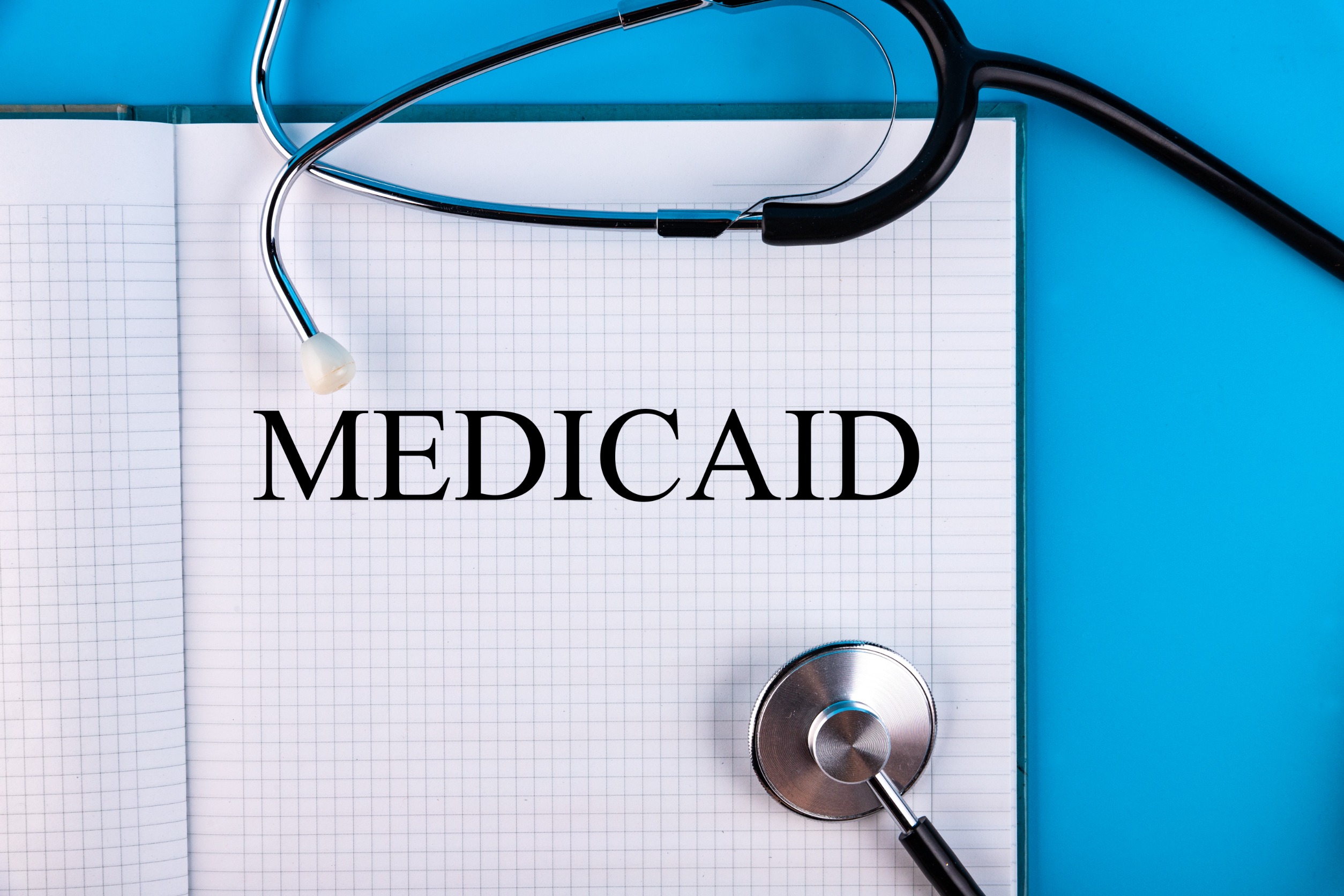Impact of Planned End of COVID-19 Emergency Periods on Employer Health Plans
The Administration recently announced its intention to end both the COVID-19 pandemic national emergency period and the public health emergency as of May 11, 2023. The end of each will bring about many public health developments, including very significant changes related to employer-sponsored health plans.
End of the “outbreak period”
For employer plan sponsors and individuals covered by private employer-sponsored insurance, the end of the COVID-19 outbreak period will mean the return of many critical timeframes postponed due to the pandemic. As a reminder, emergency regulations issued in 2020 created the outbreak period and “stopped the clock” for many plan deadlines. The outbreak period is defined as the period beginning on March 1, 2020 and ending 60 days after the end of the COVID-19 national emergency. The affected timeframes include those for: (1) COBRA notices, elections, and payments; (2) HIPAA special enrollment periods (i.e., the ability to enroll in a health plan after a marriage or birth of a baby), (3) claims and appeals procedures, and (4) external review.
When the outbreak period rules were initially issued, the prevailing expectation was the COVID-19 pandemic would be over relatively quickly—a prediction that turned out to be overly optimistic. However, the legal authority creating the outbreak period (Section 518 of ERISA) states that federal agencies may only delay otherwise applicable deadlines by “a period of up to one year.” When the one-year mark came up, rather than restarting the clock for every group health plan beneficiary at once, additional federal guidance allowed each individual beneficiary’s outbreak period to expire on a case-by-case basis according to the earlier of: (1) one year from the date the individual was first eligible for deadline relief, or (2) sixty days after the end of the national emergency period (or, the end of the outbreak period as originally defined).
If the national emergency period ends on May 11, 2023, as currently anticipated, then the outbreak period will end on July 10, 2023. As a result, group health plan deadlines will revert to their standard timing on that date, and plan sponsors, advisors, and service providers will need to be cognizant of how the deadlines will work and change over the course of 2023.
The changes are best explained by a series of examples. We will consider COBRA election deadlines for this purpose, although these rules impact all the timeframes noted above.*
Example 1: Alice’s original COBRA election period (not taking into account the outbreak period) ended March 1, 2022. Her last day to elect coverage will be February 28, 2023, and her last day to pay for her first month of COBRA coverage would be April 14, 2023.
Example 2: Bob’s COBRA election period would normally end on March 1, 2023. If the emergency periods end on May 11, 2023, then his last day to elect COBRA coverage will be July 10, 2023, and his last day to pay for his first month of COBRA coverage will be August 24, 2023.
Example 3: Colin gains COBRA eligibility on August 1, 2023. His COBRA election period will be the typical 60 days and end on September 30, 2023. His last day to pay for his for the first month of his COBRA coverage will be November 14, 2023.
First-dollar coverage of COVID vaccines and testing
Due to the public health emergency, Americans with private health insurance coverage may access COVID-19 vaccinations and testing, including home tests, on a first-dollar basis. If the public health emergency ends on May 11, 2023, then guaranteed access to COVID-19 vaccines and tests without cost-sharing will cease unless there is additional public policy action. Group health plan sponsors and health insurance issuers could elect to cover COVID tests and vaccinations without applying cost-sharing, but doing so will no longer be mandatory.
Telehealth flexibilities
Many employer plans and providers expanded their telehealth coverage and capabilities due to the COVID-19 pandemic. The federal public health emergency allowed for the suspension of certain telehealth prescribing and HIPAA/HITECH privacy and data security requirements. In addition, many states lifted provider licensing requirements to make it easier to perform telehealth services in each state. Some of these state-level telehealth actions are limited to the length of national public health emergency. So, absent further federal and applicable state action, telehealth services that some group health plans offer may be more constrained if the public health emergency ends on May 11, 2023.
As we get closer to the projected end to the national emergency period and the public health emergency, we expect that federal officials will release more information about the unwinding of the outbreak period and other health-related flexibilities that affect employer-sponsored coverage. We will continue to monitor all related developments and keep you informed as more information becomes available. Notably, please keep in mind that the Administration has not yet issued the official declarations ending these emergencies. It is still possible that the May 11, 2023, date could be further delayed. And, if the COVID-19 pandemic taught us anything, it was to expect the unexpected and to anticipate and embrace change. While we plan to prepare diligently for the end of the emergency periods on May 11, 2023, and the outbreak period on July 10, 2023, we also know that those dates are still tentative.
Photo by hin255
*Please note that the examples in this article are based on MZQ Consulting, LLC's best interpretation of existing law as of the date of this publication. The regulatory agencies may ultimately take a slightly different approach, so care should be taken to ensure you are using up-to-date examples during what is sure to be a complex transition.
© 2023 MZQ Consulting, LLC. All rights reserved.
Content provided to Q4intelligence members by MZQ Consulting, LLC




